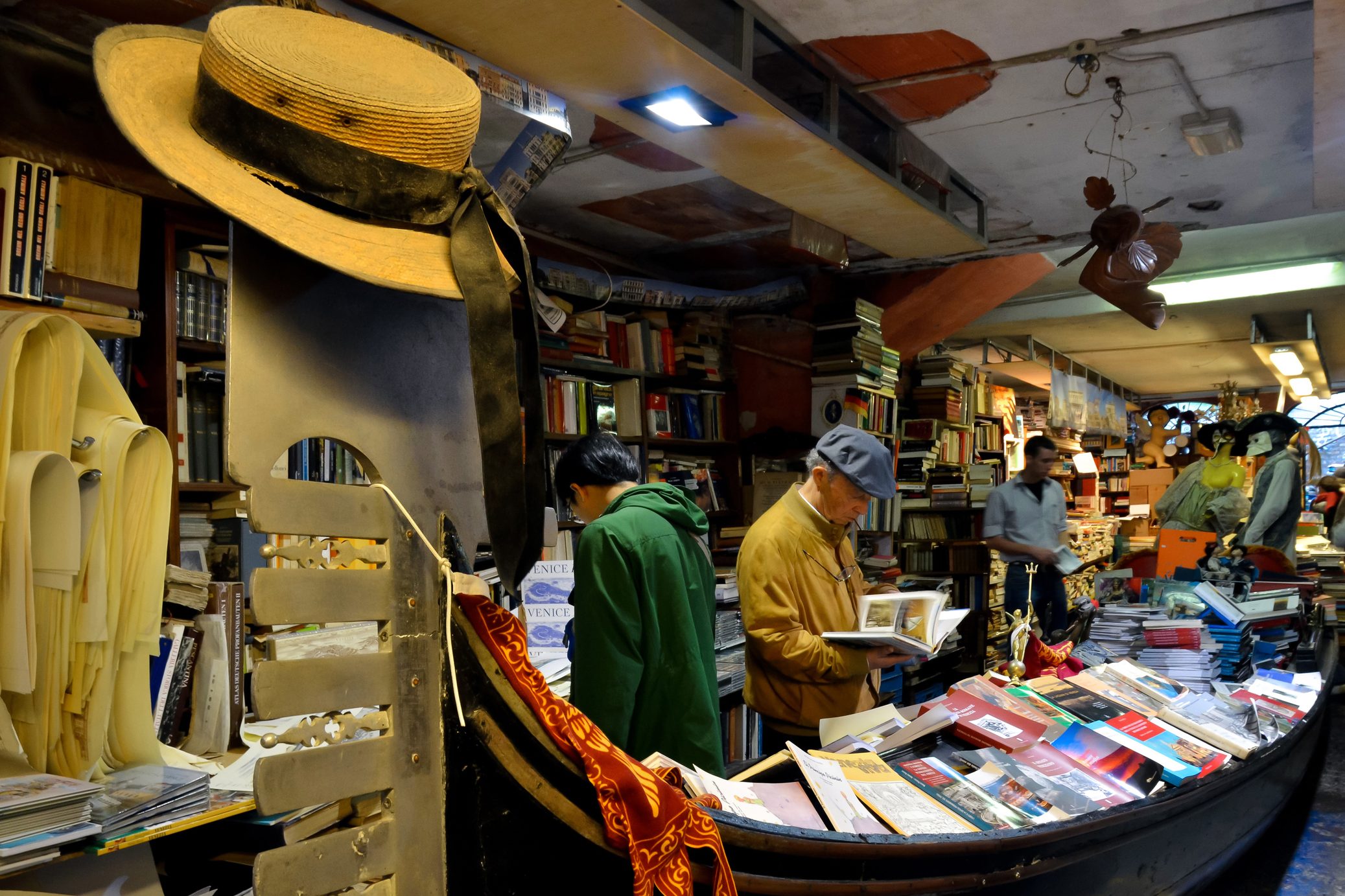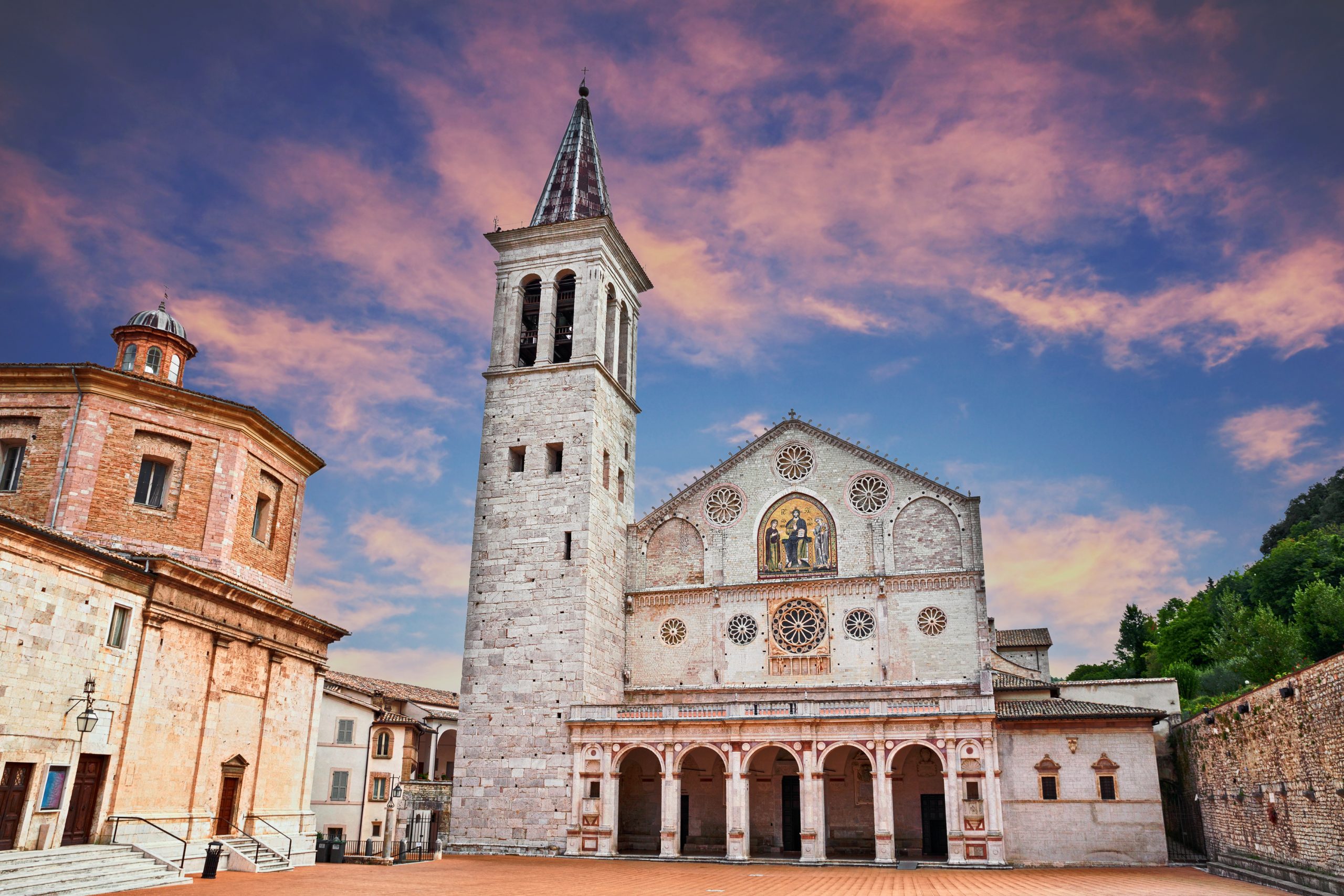In this third and last installment of the “Italy’s most charming villages” series we visit six amazing small towns in Southern Italy and the Islands, villages that are unique and quaint in different ways and that are worth visiting to experience Italy in a new, more genuine way.
Castellabate, Campania
Located within the National Park of Cilento, the old town of Castellabate has been recognized as UNESCO World Heritage site. Narrow streets, picturesque corners, graceful arches and stunning palaces in grey stone characterize this quaint town and give way to breathtaking views of the Cilento coast. The fortress, built in 1123 to protect the population and naval traffic from Saracens invasions, still appears solid and imposing. Not far from it, the Basilica di Santa Maria de Giulia, with its gorgeous baroque facade, is also worth a visit. Don’t miss the opportunity to try local extra virgin olive oil and sweet black figs, along with fresh pasta with lamb ragù, a favorite of the region.
Otranto, Puglia
This scenic walled town by the sea is fascinating and rich in history: its stone paved streets, its alleys leading to the sea, and its ramparts make visitors swiflty fall in love with Otranto. The small Byzantine Basilica of S. Pietro, dating back to the 10th century, preserves precious Byzantine paintings and a magnificent mosaic floor from 1088 that resembles an oriental tapestry. On the other hand, the Aragonese Castle (1485-1489), encircled by a moat, will be of great interest for those who enjoy history and military architecture. In Otranto culinary country traditions meet those of the sea: try orecchiette with sauce meat or sharp ricotta cheese, octopus cooked “alla pignata” -in the typical clay potand spaghetti with mussels. Pietra Pertosa, Basilicata. This remote village is located at the end of a steep road, surrounded by sharp pinnacles, sloping rocks and dramatic ridges, inside the Park of Gallipoli Cognato. Ancient mansions with splendid portals lead to the heart of the village, the Arab quarter: here the old houses are nestled between rock walls, along side a small kasbah. While visiting Pietrapertosa the Mother Church, on the higher side of the village, is a must-see: dedicated to San Giacomo Maggiore, the building is the result of many alterations since its construction in the fifteenth century, and has a unique look. The cuisine features mountain influences: the rafanata, a spicy omelette prepared with horseradish and cheese, is a local favorite, along with roasted lamb and cured pork cold cuts.
Altomonte, Calabria
Altomonte is a village that instantly charms with its stairways and alleys and the stunning Church della Consolazione, the best example of Gothic-Angevin art in Calabria. The village castle, of Norman origin (XII century), has been expanded and restored by its various owners throughout the centuries, but has maintained its original structure and charm, and today houses a hotel. Wild cardoons in olive oil are a local specialty: they can be bought in one of the many small deli stores around town. Homemade pasta and meat dishes are also part of the local tradition, as are honey based desserts, inherited during the Arab domination of the area.
Castelsardo, Sardinia
Perched on a promontory with stunning views of the sea, Castelsardo is famous for the Casteddu quarter, a maze of narrow alleys that run across the old town. To this day, the historic center preserves the layout it has had since its founding in 1102, and offers visitors a chance to get wonderfully lost. One of the most important monuments is the Cathedral of St. Anthony Abbot, the town´s patron saint, visible from several miles out at sea, and the Church of Santa Maria, where sacred performances begin during Holy Week. Spaghetti with sea urchin -from January to March- or with astice (lobster) -in the summer- are an absolute must-try in the area, as are Sardinian wines, especially full-bodied Cannonau.
Montalbano Elicona, Sicily
The castle, dominating the tortuous medieval urban fabric of Montalbano, is the most recognizable landmark of this charming village, along with the scenic rocky landscape that surrounds it. Erected on pre-existing Byzantine and Arab structures, the castle was turned into a Norman-Suevian fortress, and dates back to the 12th century: today the castle is owned by the town and used for exhibits. The views from this small sicilian village are breathtaking: from the Portello lookout you can see the peaks of the Nebrodi, cape Milazzo and the Lipari Islands. The local gastronomic tradition is based on simple, genuine ingredients, try pasta with beans and pork rind or maccheroni with pork sauce and grated aged ricotta.































